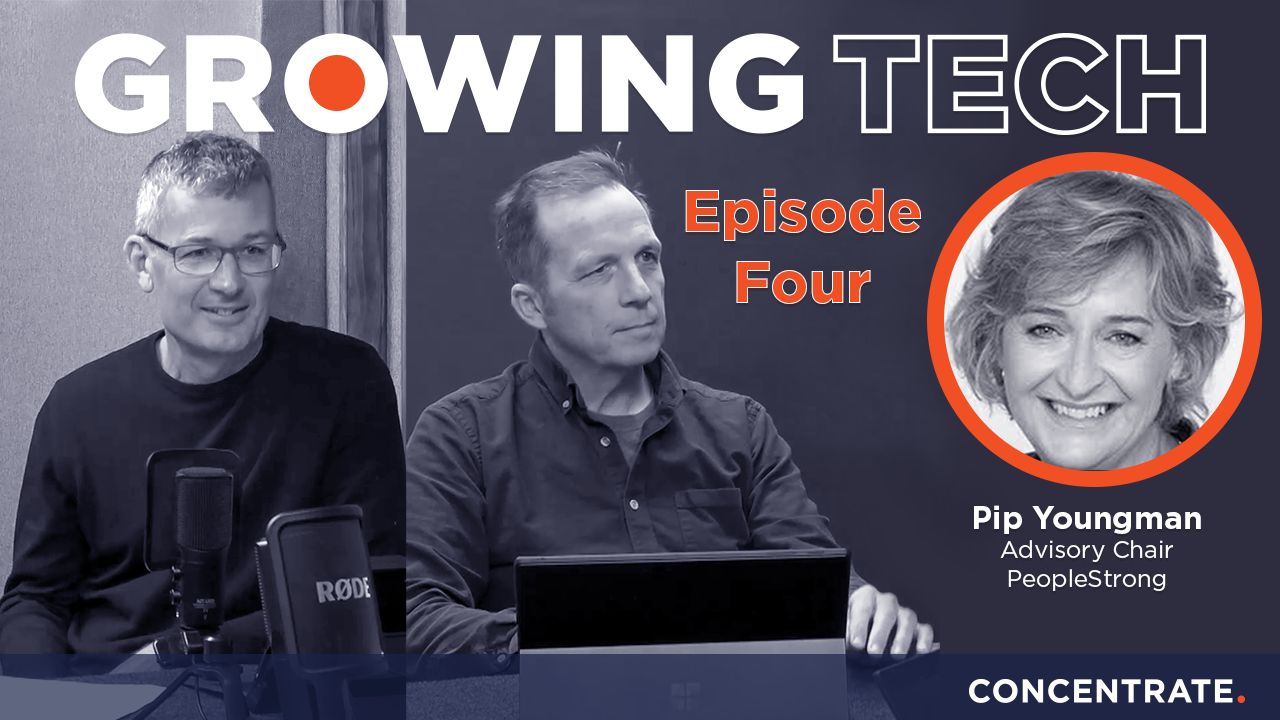Understanding the metrics that drive customer retention and revenue generation in B2B tech
Customer success is an essential part of any business that wants to retain its customers and generate repeat revenue. It's a crucial role that encompasses everything that happens after a salesperson closes a deal. It includes customer onboarding, implementation, ongoing relationship management, support services, and ultimately, customer renewal. In this blog post, we will discuss the key metrics for measuring customer success and the insights from our recent podcast episode with Ngaio Parker, a renowned customer success expert who has worked with major companies like Google, Visa, and Salesforce.
According to Ngaio, there are several key metrics that businesses should consider when measuring customer success. These include customer onboarding and implementation times, customer support requests, customer satisfaction ratings, and customer renewal rates. Let's take a closer look at each of these metrics.
Customer onboarding and implementation times
The first step in ensuring customer success is the onboarding process. It's the time when the customer gets familiar with the product or service they have purchased. According to Ngaio, the onboarding process should be as seamless and straightforward as possible. She states, "Customers should have a clear understanding of how to use the product or service and be able to implement it quickly and easily."
To measure the success of the onboarding process, businesses should track how long it takes for the customer to become proficient with the product or service. This is where implementation times come into play. The faster the implementation, the better the customer experience. As Ngaio notes, "If the onboarding process is too long, customers will become frustrated and may abandon the product or service altogether."
Businesses can measure implementation times by tracking how long it takes for the customer to go from signing the contract to using the product or service. If implementation times are too long, businesses should review their onboarding process and look for ways to streamline it.
Customer support requests
Another critical metric for measuring customer success is customer support requests. Customers may have questions, concerns, or issues with the product or service they have purchased, and it's the role of the customer success team to resolve these issues promptly. As Ngaio notes, "Customers should feel confident that their issues will be resolved quickly and efficiently."
To measure customer support requests, businesses should track how many requests they receive and how quickly they are resolved. A high volume of support requests can indicate that the product or service may not be meeting customer expectations. It can also indicate that the onboarding process may not have been successful. Businesses should review these metrics regularly and look for ways to reduce support requests.
Customer satisfaction ratings
Customer satisfaction is one of the most critical metrics for measuring customer success. It's an indicator of how happy customers are with the product or service they have purchased. As Ngaio notes, "Customer satisfaction ratings can provide valuable insights into how well the product or service is meeting customer needs."
Businesses can measure customer satisfaction by sending out surveys to customers regularly. These surveys should ask customers to rate their satisfaction with the product or service and provide feedback on what can be improved. If customer satisfaction ratings are low, businesses should review their product or service and look for ways to make improvements.
Customer renewal rates
Finally, customer renewal rates are a crucial metric for measuring customer success. It's an indicator of how likely customers are to renew their contract or continue using the product or service. As Ngaio notes, "Customer renewal rates can provide valuable insights into how well the product or service is meeting customer needs and whether customers see value in the product or service."
Businesses can measure customer renewal rates by tracking how many customers renew their contracts or continue using the product or service. If customer renewal rates are low, businesses should review their product or service and look for ways to make improvements. They should also review the customer success process and look for ways to improve customer satisfaction, support, and onboarding processes.
In conclusion, customer success is an essential aspect of any business that wants to retain its customers and generate repeat revenue. Measuring customer success is crucial to ensure that businesses are meeting their customers' needs and providing a positive customer experience. By tracking metrics such as customer onboarding and implementation times, customer support requests, customer satisfaction ratings, and customer renewal rates, businesses can gain valuable insights into how well their product or service is meeting customer needs. As Ngaio notes, "The ultimate goal of customer success is to build strong relationships with customers, increase customer retention, and drive business growth." By prioritising customer success and measuring its impact, businesses can achieve these goals and build a loyal customer base.
Listen to the audio
About episode eight
In this episode, we talk to Ngaio Parker, an expert in B2B Tech about customer success and its role in driving growth.
We'll be discussing how Customer Success is defined in a tech sector context and the metrics that are used to monitor and measure it. We'll also explore how customer needs are balanced with business goals and the role that technology plays in executing a customer success strategy.
Finally, we'll wrap up the episode with Ngaio's key piece of growth advice for a tech company, especially a SaaS business, in relation to managing customer success.
Take a listen directly on YouTube or Spotify.
|
Interested in learning more about growing your tech business? Make sure you check out our blog which covers all things New Zealand tech. You can also subscribe to our podcast channel on YouTube, Spotify or Google Podcasts. |
Share this
You May Also Like
These Related Stories

Dan Tyre, the Michael Jordan of HubSpot, talks to Elite Partners | Growing Tech Podcast with Greg and Owen

How to grow your tech startup with Serge van Dam | Growing Tech Podcast with Greg and Owen
